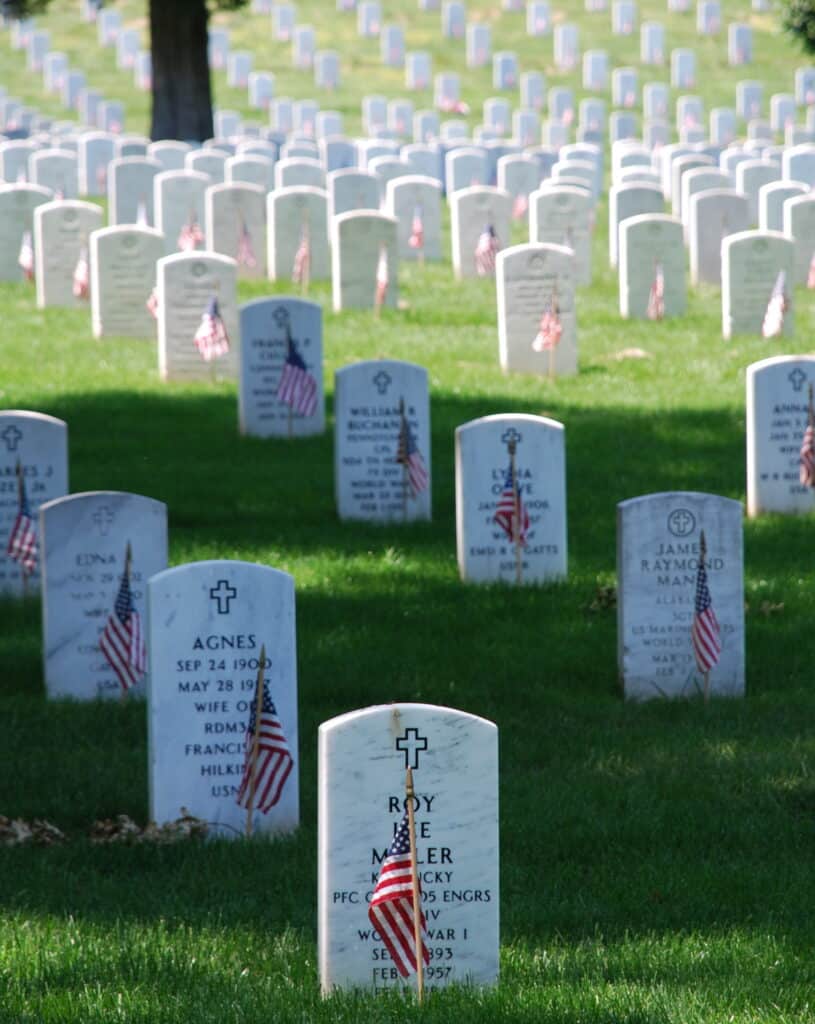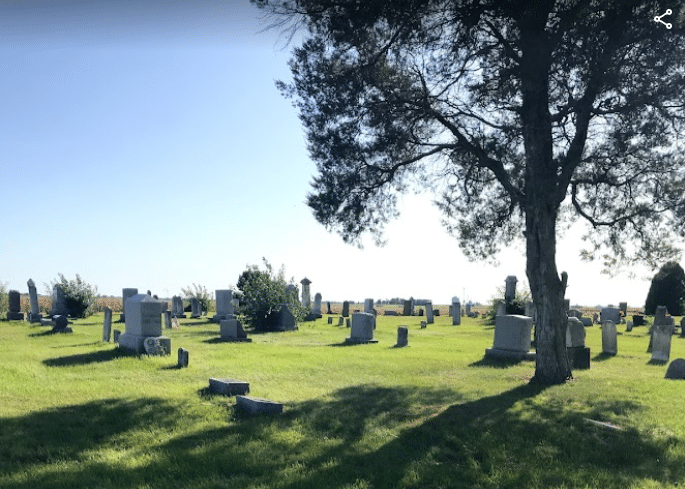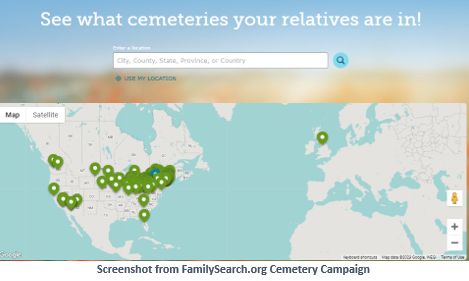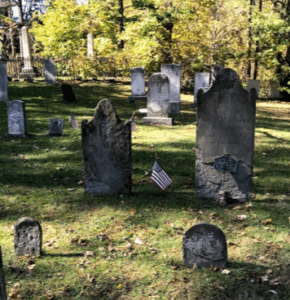Memorial Day
 26
26May

Many Americans do not realize that Memorial Day was originally known as Decoration Day with the first observance on 30 May 1868. It is a federal holiday set aside so that we can honor military personnel who died while serving in the United States armed forces. For families who have lost loved ones while serving their country, this is a tribute to them, as well. I came across a beautiful piece of music written recently by Michael R. Hicks which honors those who have fallen. The link follows and you can listen for free by clicking on the play button on the page. “God Be With You ‘Till We Meet Again” by Michael R. Hicks
Over the years, Memorial Day has expanded in most areas of the country to include all of those who have gone on before us. When I first moved to Utah, I visited a cemetery on Memorial Day and was amazed at the amount of people, flowers, flags, and myriads of special ways to remember those who have passed on before. It truly was a heart-warming and beautiful sight.
So, this Memorial Day weekend, perhaps we can learn more about how to find the final resting places of our progenitors whether military, or not.

Perhaps you live in the area where your family has lived for decades or a century. Family members likely know where the relatives are buried and a quick phone call will give all the information needed.
But, for many of us, family cemeteries are likely very far away and no one knows where the relatives are buried. In this case, I’ll share some ideas of how to find these resting places.
FamilySearch.org has a new cemetery finding feature that is quite fun! You can use this if you are registered and have a pedigree. If you are not registered with FamilySearch.org, it is free to do so, and, since it is a global tree, generally within a few generations of adding what you know, you will link into pedigrees already in existence there. To get to the cemetery finder, go to familysearch.org/campaign/cemetery and log in. You will see a map with balloons marking the places where relatives are buried. The map can be enlarged so that you can find a balloon to click and learn who the person is and where they are buried.

If you are not yet familiar with findagrave.com, this is a must for searching for gravesites. Many cemeteries have added photos and information onto findagrave for those interred in their cemeteries. The cemetery in which my father is interred included a photo of his tombstone as well as a summary of his obituary. Groups and individuals have also gone into cemeteries, taken photos and posted them on this site. In addition, with Findagrave.com, anyone can sign in and add information and links to other family members. I did not know where my great-grandfather, Joseph Steinbeigle, was buried, so I did a random search for him on Findagrave.com since his name is unusual. Not only was his tombstone there, but I learned that it had his military service engraved on it. Had I not already known that he served in the Spanish American War, this would have been a great find!
Billiongraves.com is another very popular site for finding places of burial. It may not be as big as Findagrave.com, but the gps co-ordinates will take you right to the gravesites.
If you don’t have an unusual last name and don’t know where your ancestor or relative might be buried, there are ways to learn this information.
- If you do not have a death date, seek your relative on the census until he or she disappears and the spouse is widowed. That gives a general time frame and place of death.
- If you have a death date and place and it is a smaller town, call the local library to learn if they have a history/genealogy section with people who know the area and can provide names and contact information for the local cemeteries. Perhaps a google search will also reveal cemeteries in the area. You might wish to call those cemeteries to learn if your relative is buried there.
- If you have a death date and a place and it is a large city, you might want to obtain a copy of the death record or obituary. Depending on the state and year, some death records are on line at com or in FamilySearch.org Records. Obituaries can be sought in online databases such as newspapers.com or genealogybank.com However, these are pay websites, so another option is to call the local city or county library and ask if they could do a search for an obituary for you. Many libraries will do this for free.
One thing to remember is that cemeteries are great places to find babies and children who died very young. These are very tender moments when these children are found such as my little great aunt, Ivy Kenrich, who died at the age of two.

Of course, knowing the cemetery doesn’t always make finding the tombstone easily. If there is an office associated with the cemetery, call them to learn the area in which the tombstone is located. Most cemeteries have a database with this information. However, older cemeteries often do not have any offices and that is when the fun begins. My mother and I spent time in a cemetery in a small town in Ontario County, New York, walking up and down rows until we found the family plot. It was well worth the tramp through cemetery.

Wherever you are or however you spend time on Memorial Day, we hope you will take time to remember those who have passed on before, especially your military relatives who gave their lives for freedom. And, if you need help finding your ancestors, at Price Genealogy we have a team of professional genealogists who conduct ancestry research in the United States and around the world. We use the latest methods of family history research, including DNA genealogy. We are happy to help you learn more about your family’s heritage and ancestry.
Diane
Introductory photo: Remember, Public domain, via Wikimedia Commons https://commons.wikimedia.org/wiki/File:Graves_at_Arlington_on_Memorial_Day.JPG
